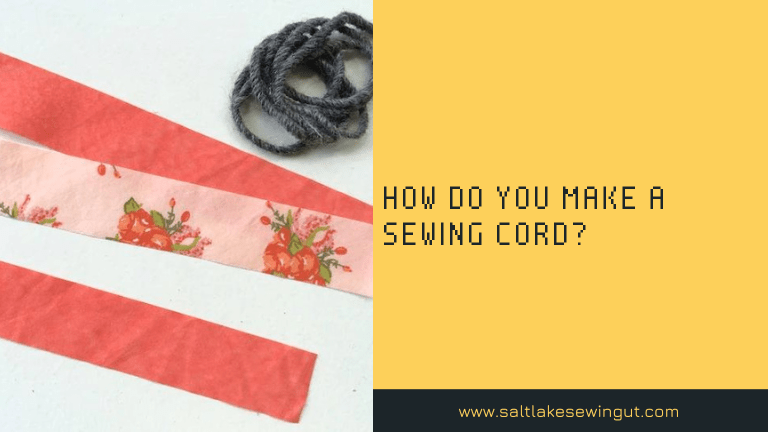In this guide, we’ll delve into the intricate process, sharing insights, tips, and a bit of my own sewing cord odyssey. The sewing cord is a versatile and useful tool for sewers of all levels.
It can be used for a variety of projects, such as drawstrings, piping, and even embellishments.
Making your own sewing cord is a simple and inexpensive process, allowing you to create a cord in any color or size you need.
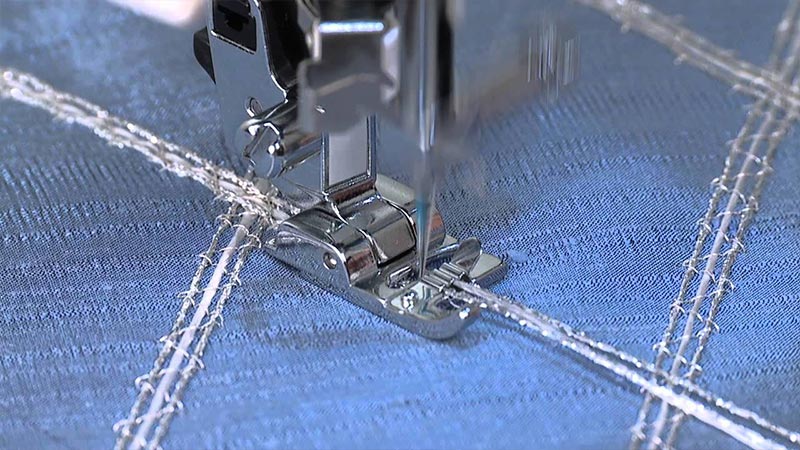
Different Cord Types
Single Cord vs. Braided Cord
Explore the nuances between a single cord and a braided cord. Each serves a unique purpose, adding versatility to your projects.
Adding a Twist: Literally!
Unlock the secrets of twisting techniques to enhance durability and visual appeal. It’s all about finding the right balance.
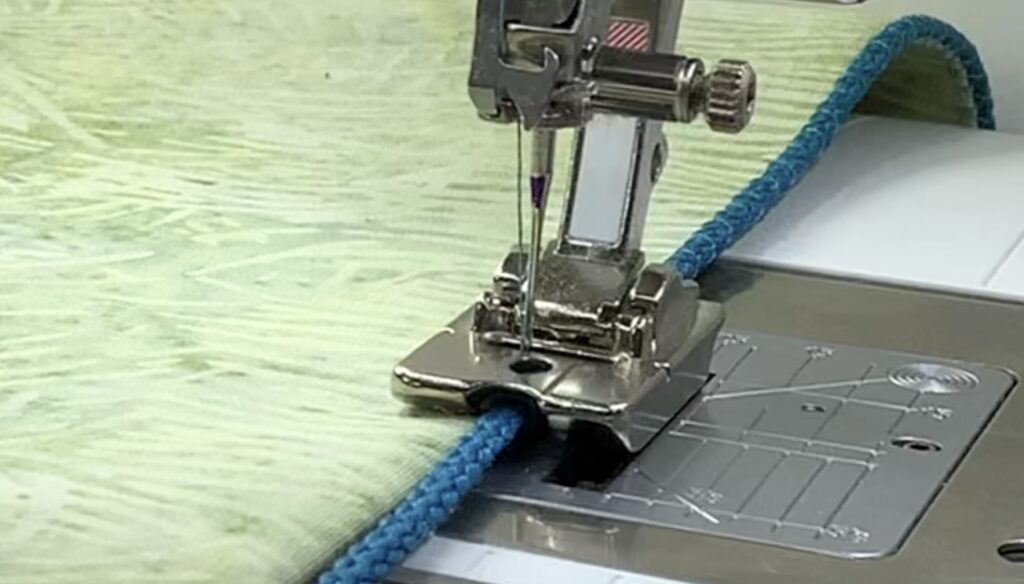
Here is a step-by-step guide on how to make a sewing cord:
- Choose your cording material. Sewing cords can be made from a variety of materials, including cotton, polyester, and even ribbon.
The type of material you choose will depend on the project you are using the cord for.
For example, if you are making drawstrings for a bag, you will want to use a strong and durable material, such as polyester.
If you are making piping for a garment, you may want to use a softer material, such as cotton.
- Cut the cording material to length. The length of your cording will depend on the specific project you are using it for.
However, it is generally a good idea to cut the cording a few inches longer than you need, so you have some extra length to work with.
- Thread the cording through a cording needle. Cording needles are specially designed to thread cording material.
They have a larger eye than standard sewing needles, which makes it easier to thread the cording.
- Sew the cording ends together. There are a few different ways to sew the cording ends together.
One common method is to use a whipstitch. To do this, simply sew a few small stitches back and forth across the ends of the cording, using a needle and thread.
- Use the sewing cord in your project. Once the cording ends are sewn together, you can use it in your project as desired.
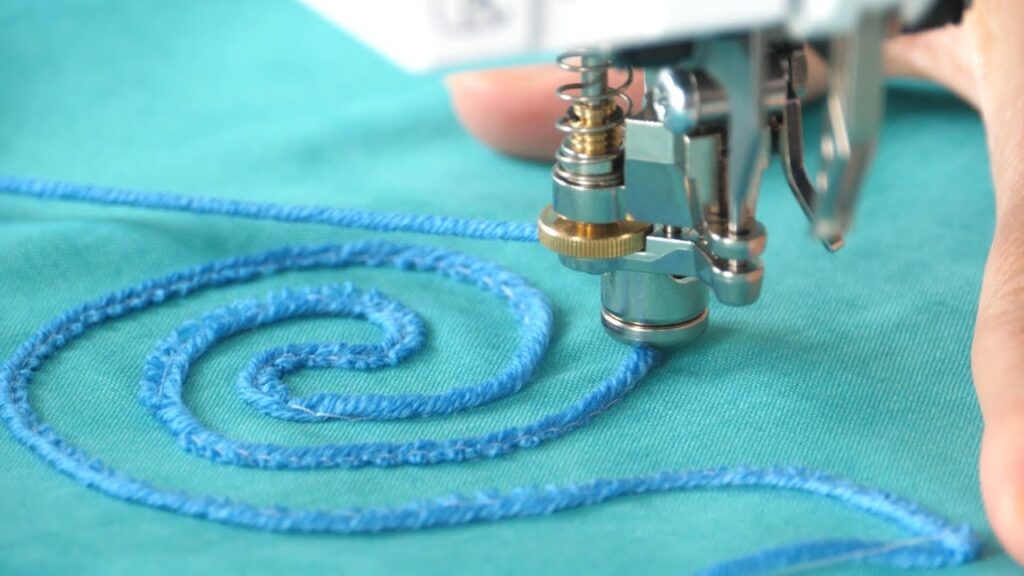
Tips
- If you are making a long piece of sewing cord, you may want to join two pieces of cord together using a whipstitch. This will make the cording stronger and more durable.
- You can use a variety of different colors and sizes of sewing cords in your projects. This allows you to create unique and interesting designs.
- Be creative and experiment with different ways to use sewing cords in your projects. You may be surprised at what you can create!
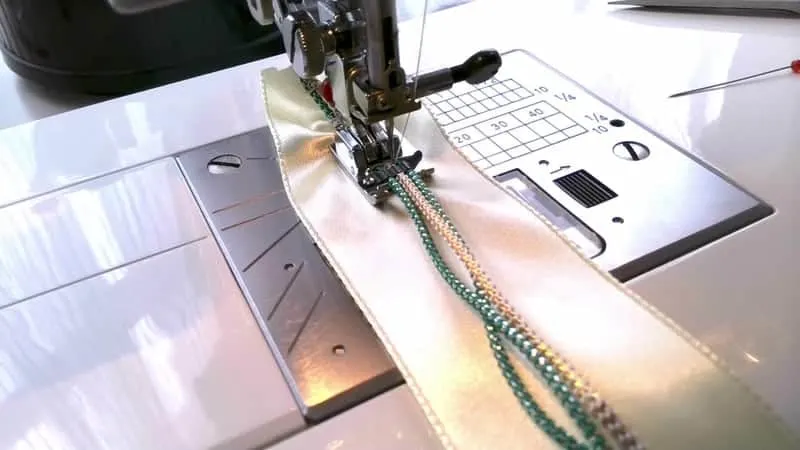
FAQ
What type of cording needle should I use?
You should use a cording needle that is the appropriate size for the cording material you are using. For example, if you are using a thick cording material, you must use a larger cording needle.
How do I prevent the cording from fraying?
You can prevent the cording from fraying by melting the ends of the cording with a lighter. Be careful not to burn the cording, as this will damage it.
How do I use the sewing cord in my project?
Sewing cord can be used in a variety of ways, depending on the project you are working on. For example, you can use it to make drawstrings, piping, or even embellishments.
Can I use any yarn for making sewing cords?
While you can experiment, choosing the right yarn is crucial for durability and aesthetics.
How long does it take to master cord-making techniques?
Like any craft, practice makes perfect. Give yourself time to learn and enjoy the process.
Can I create a sewing cord without a crochet hook?
A crochet hook is recommended for ease, but alternatives like a knitting needle can be used.
What if my cord keeps unraveling?
Ensure a tight starting knot and consider adding a dab of fabric glue to secure the end.
Are there advanced projects using sewing cords?
Absolutely! From intricate jewelry to embellished clothing, the possibilities are endless.

